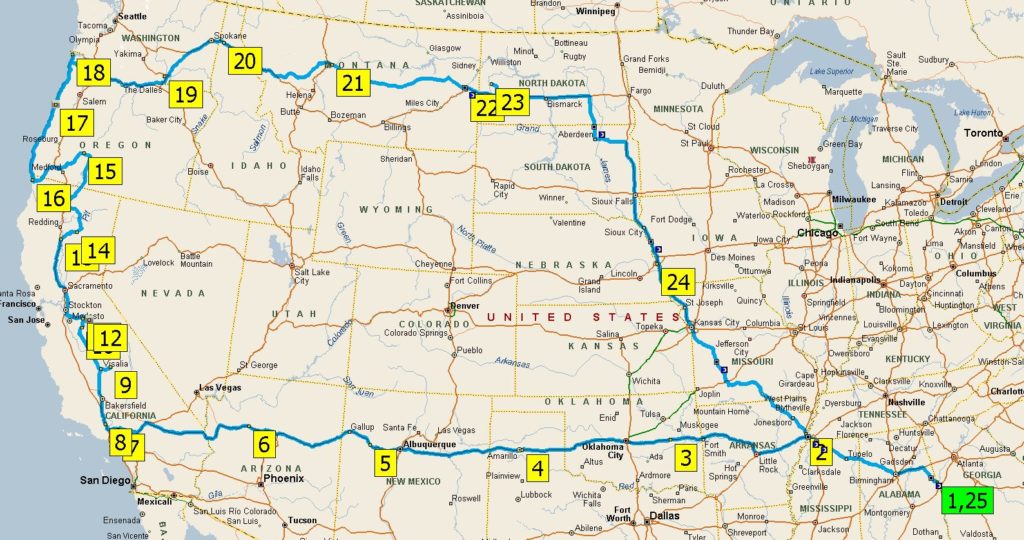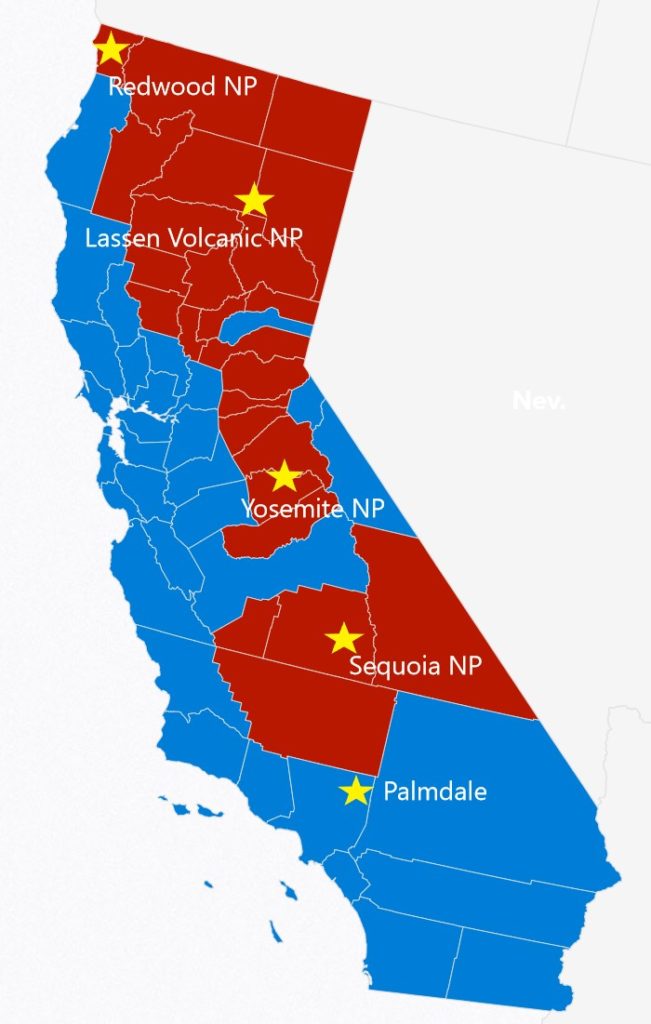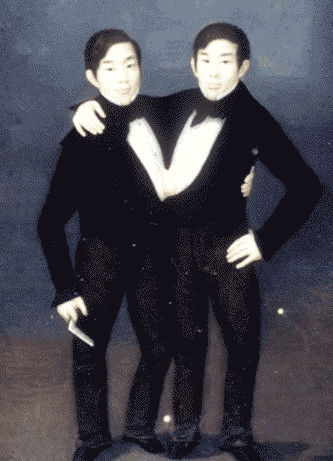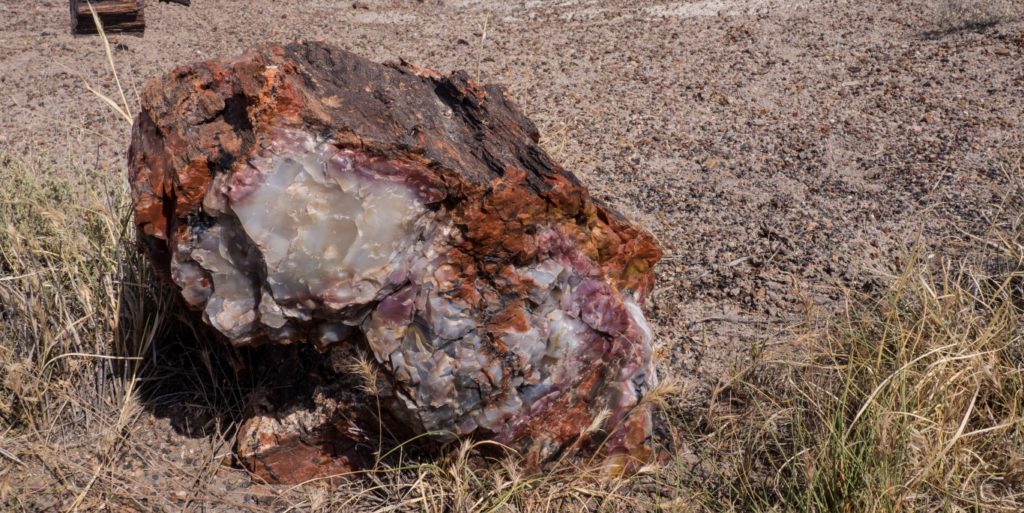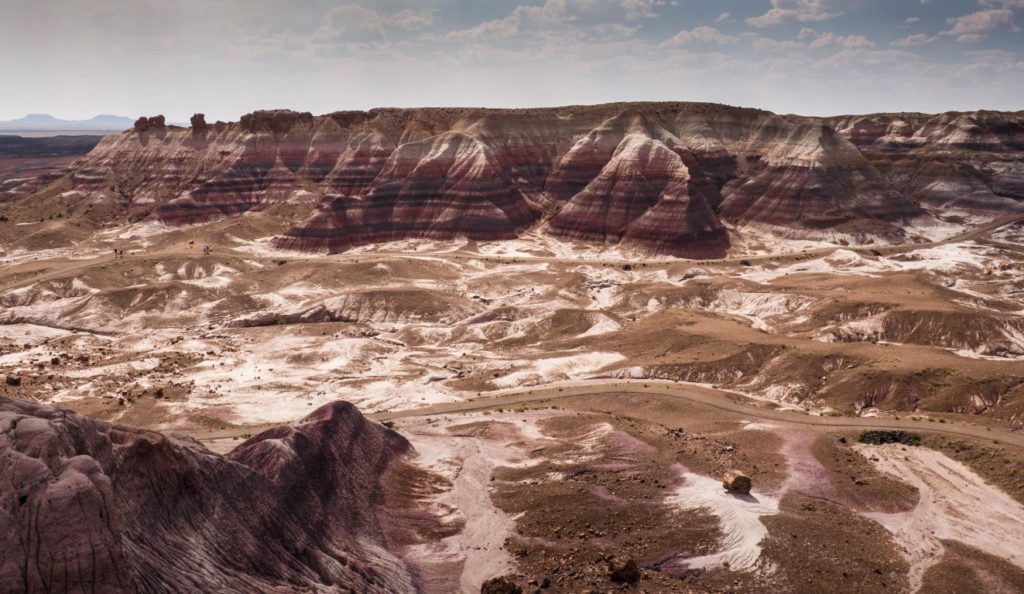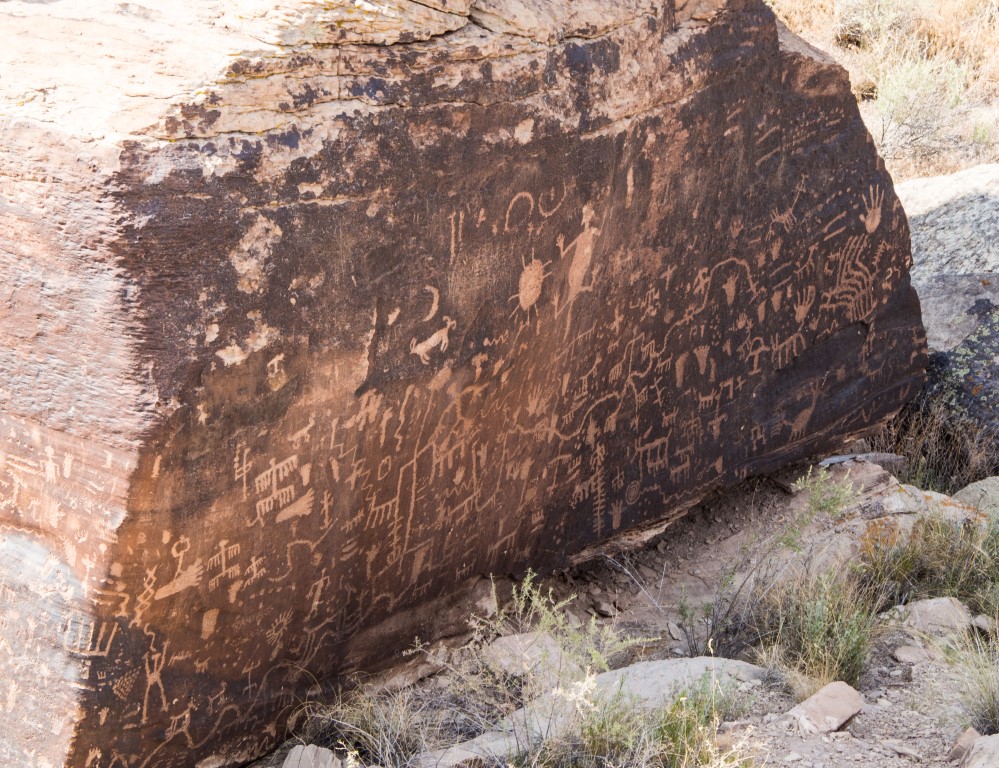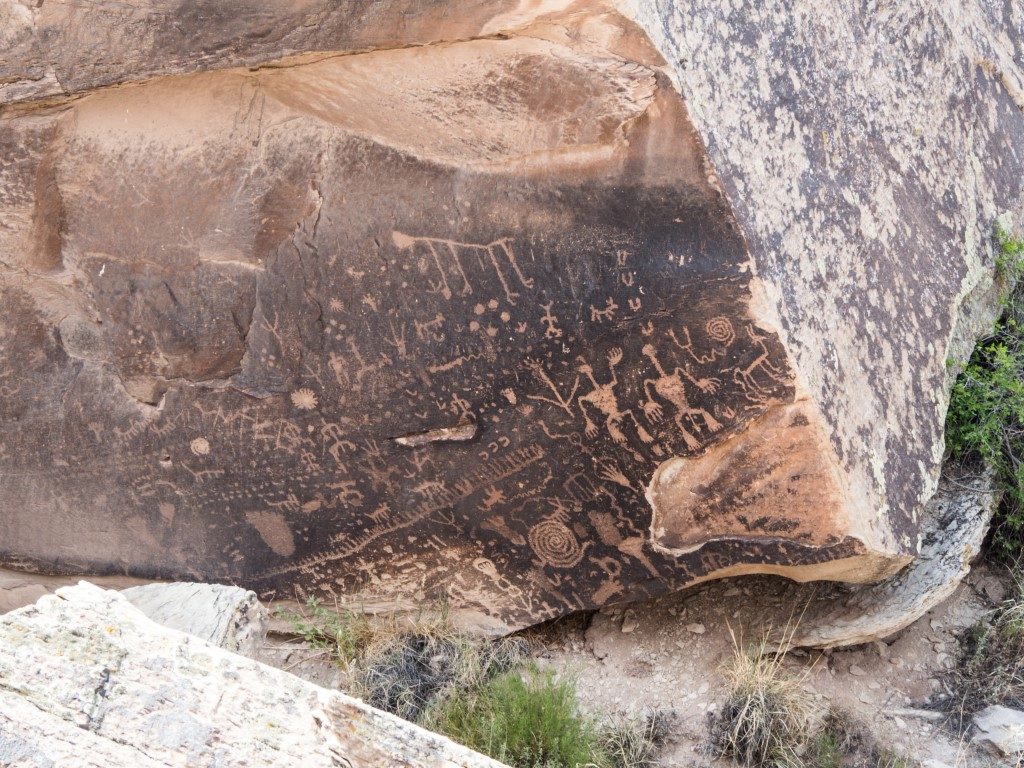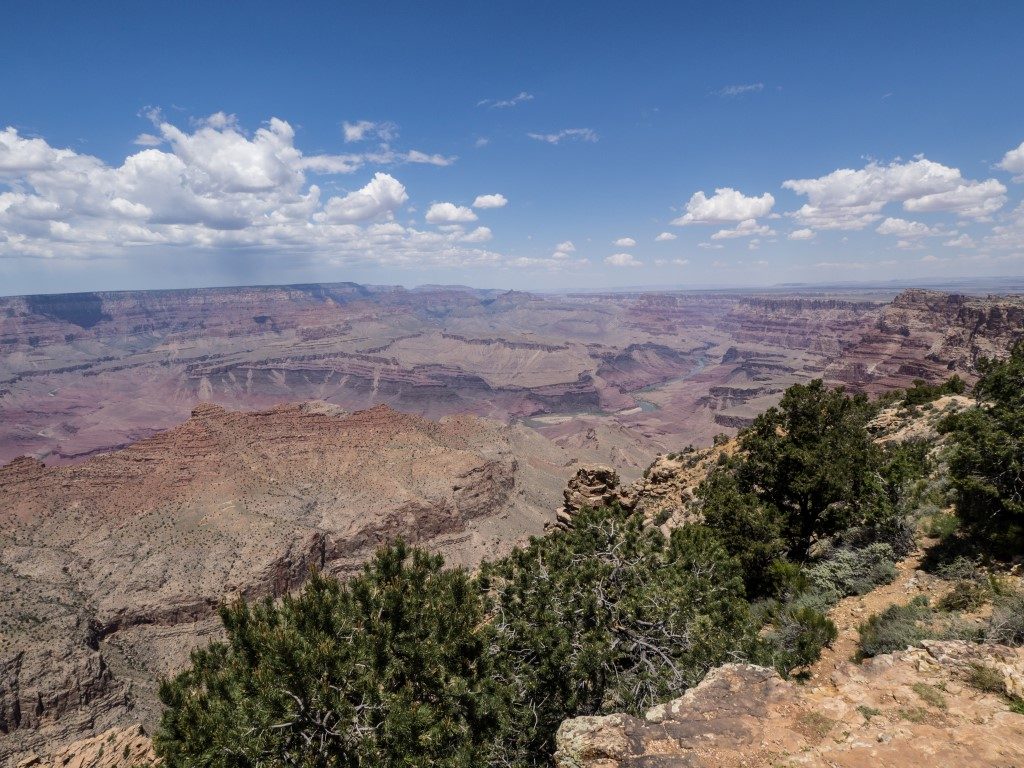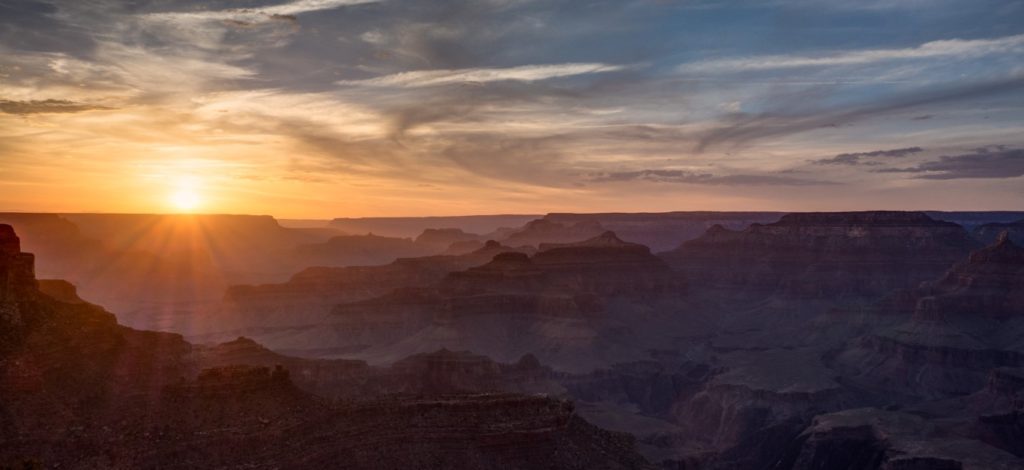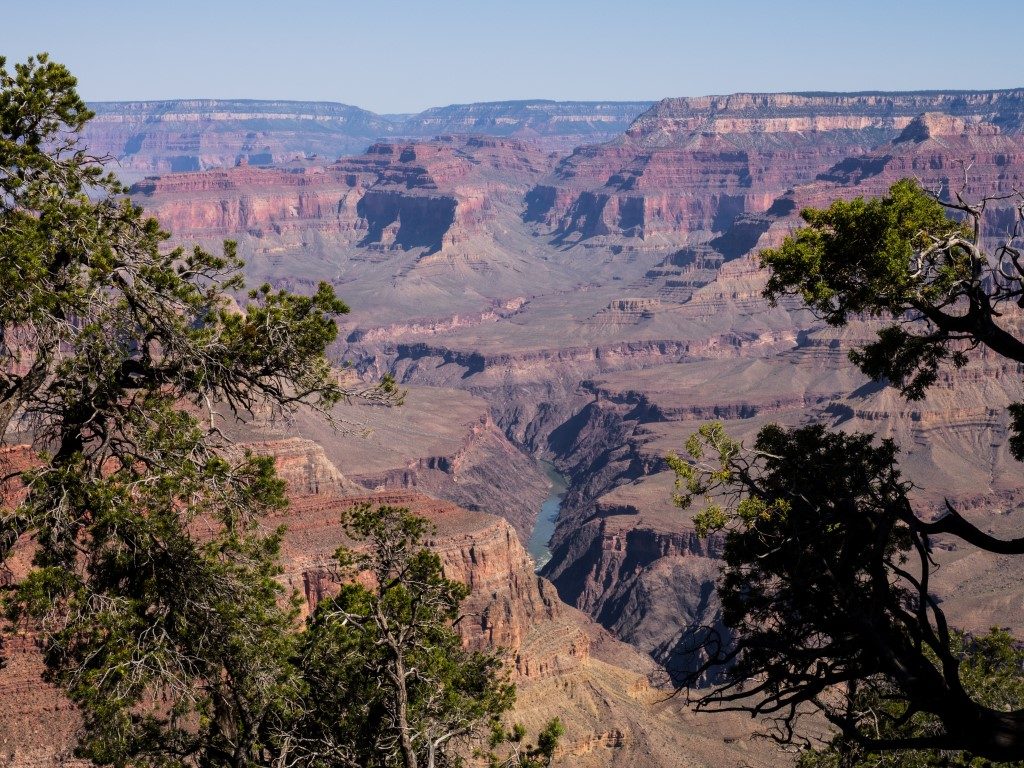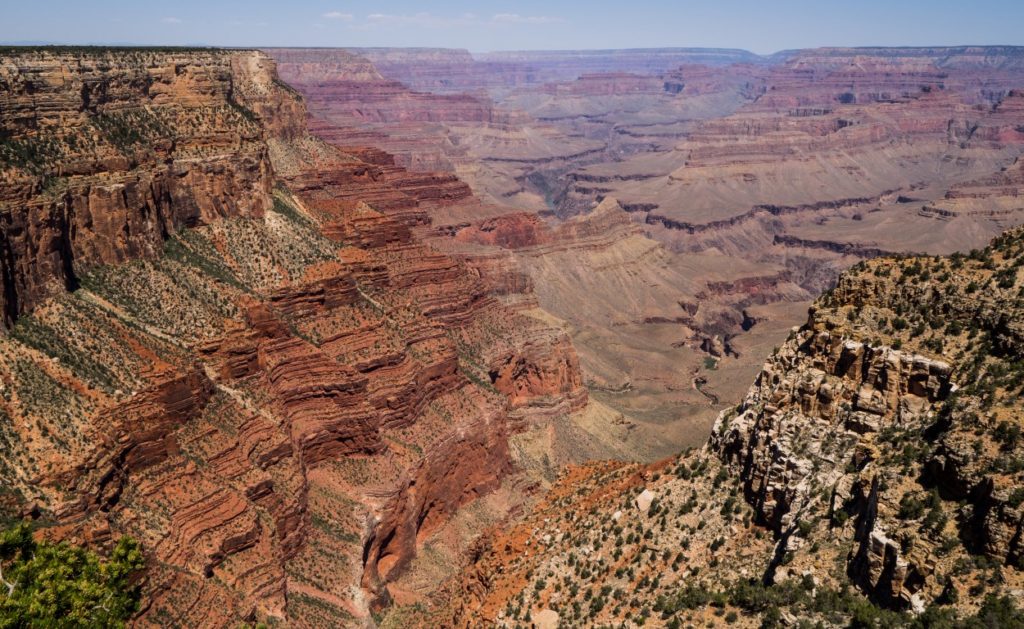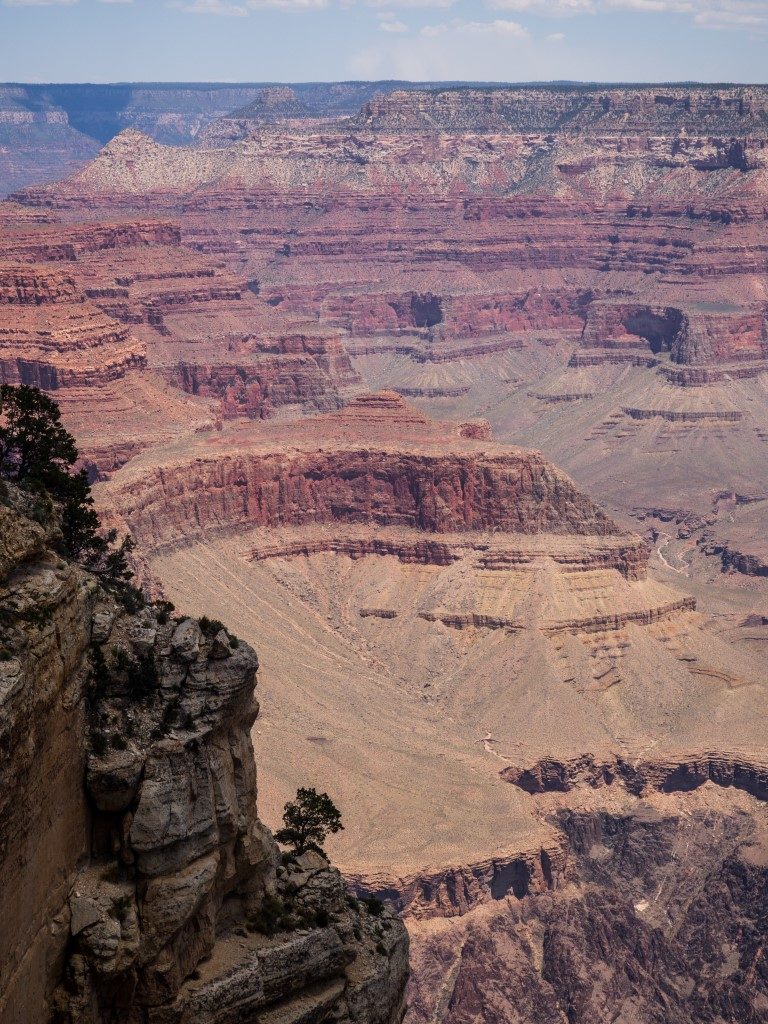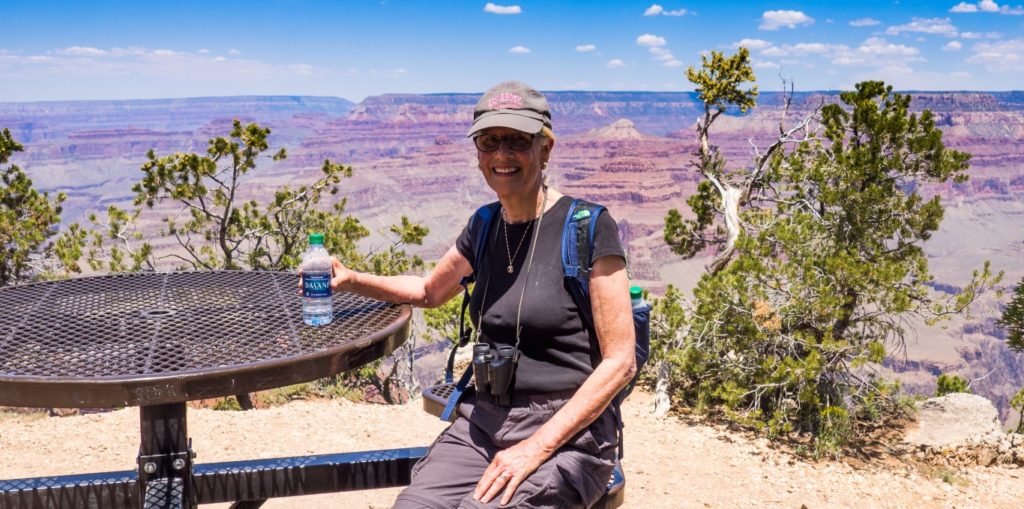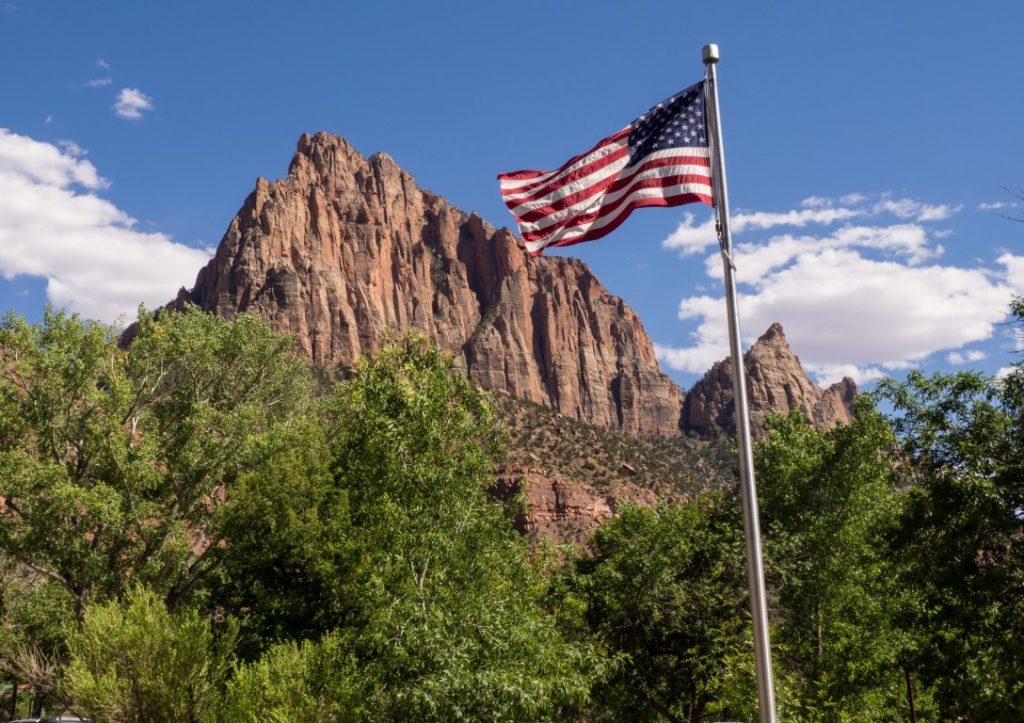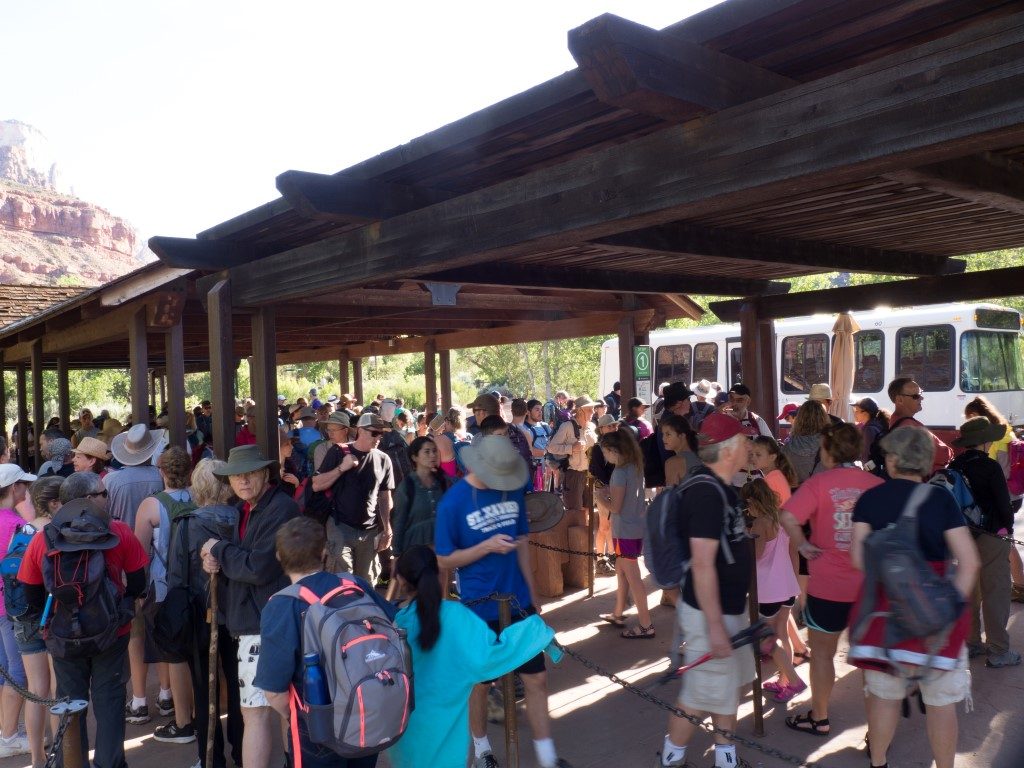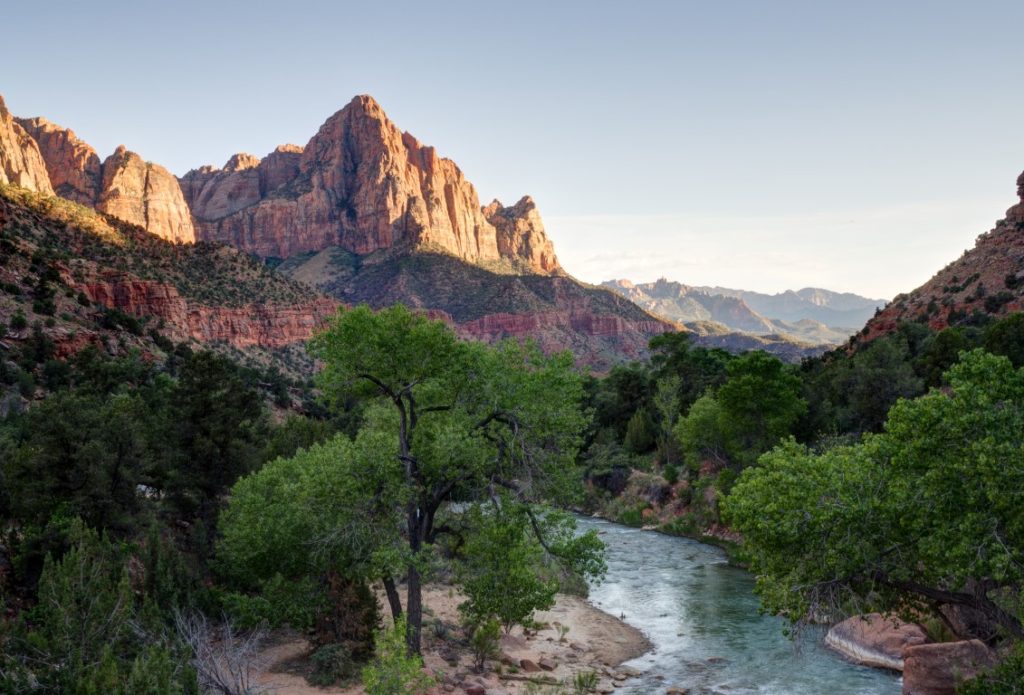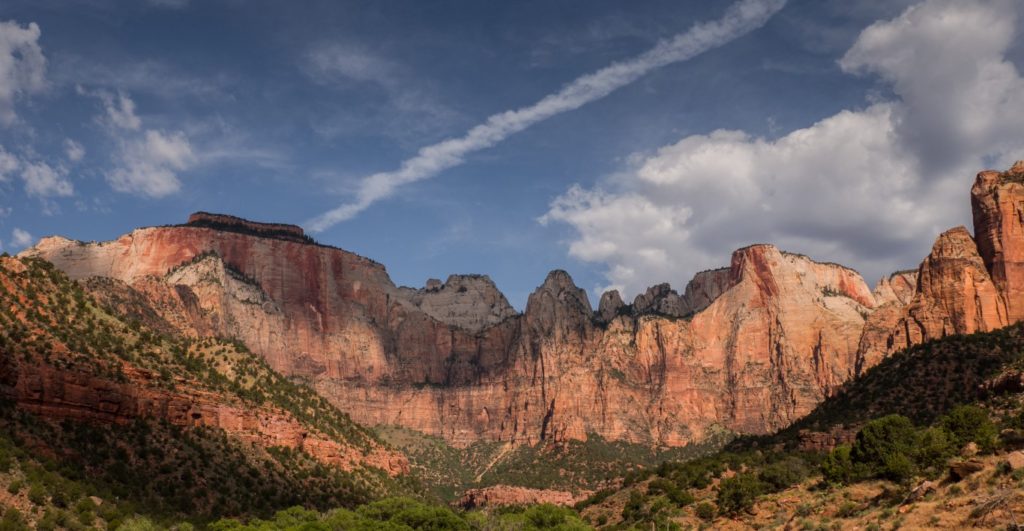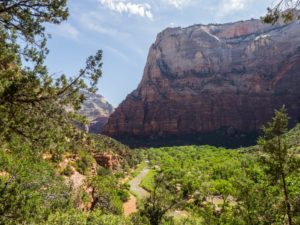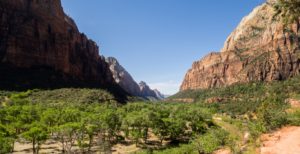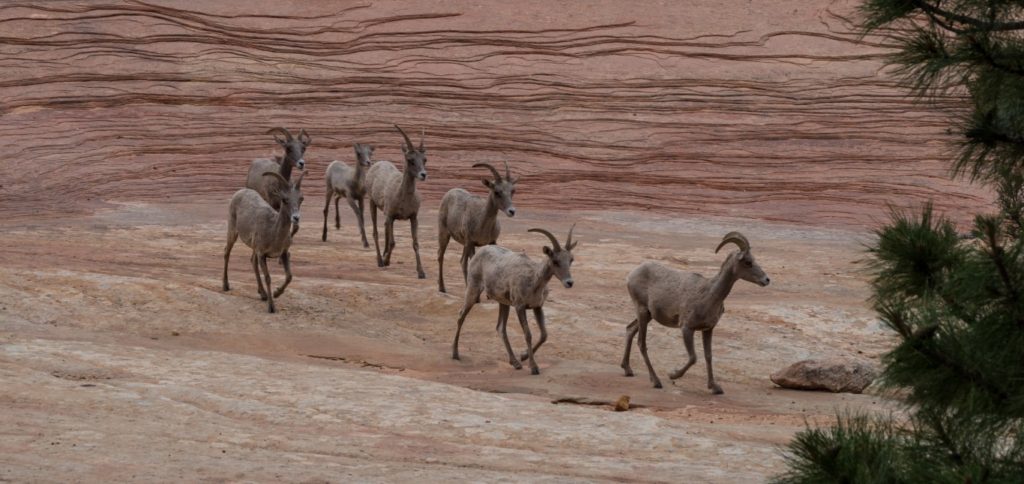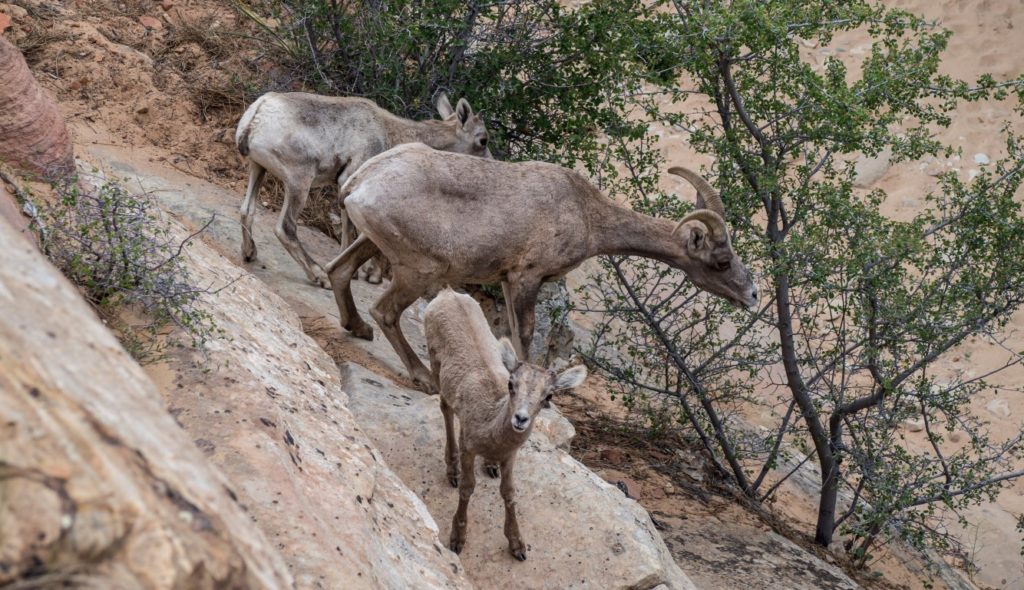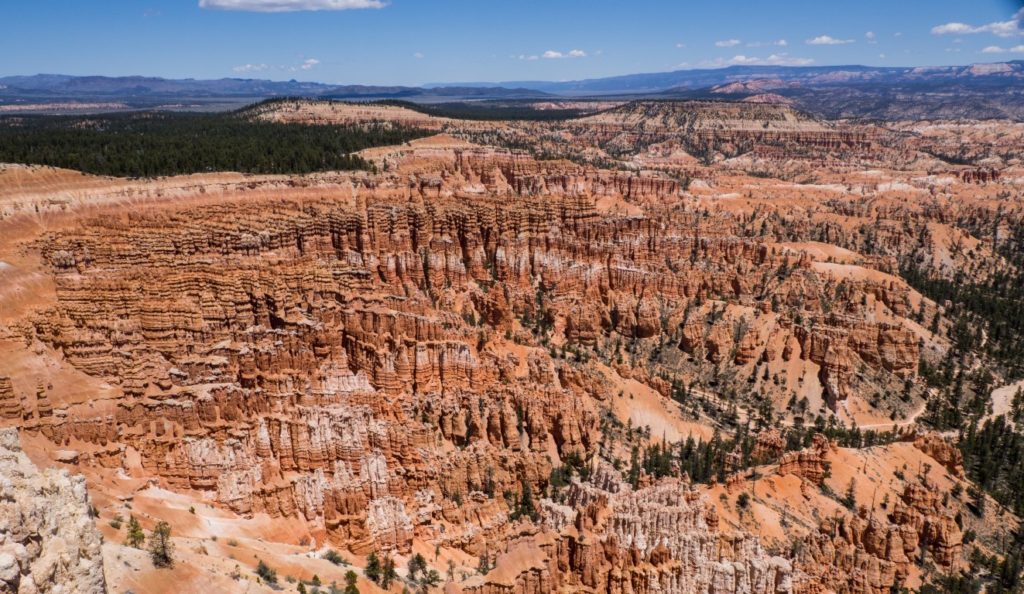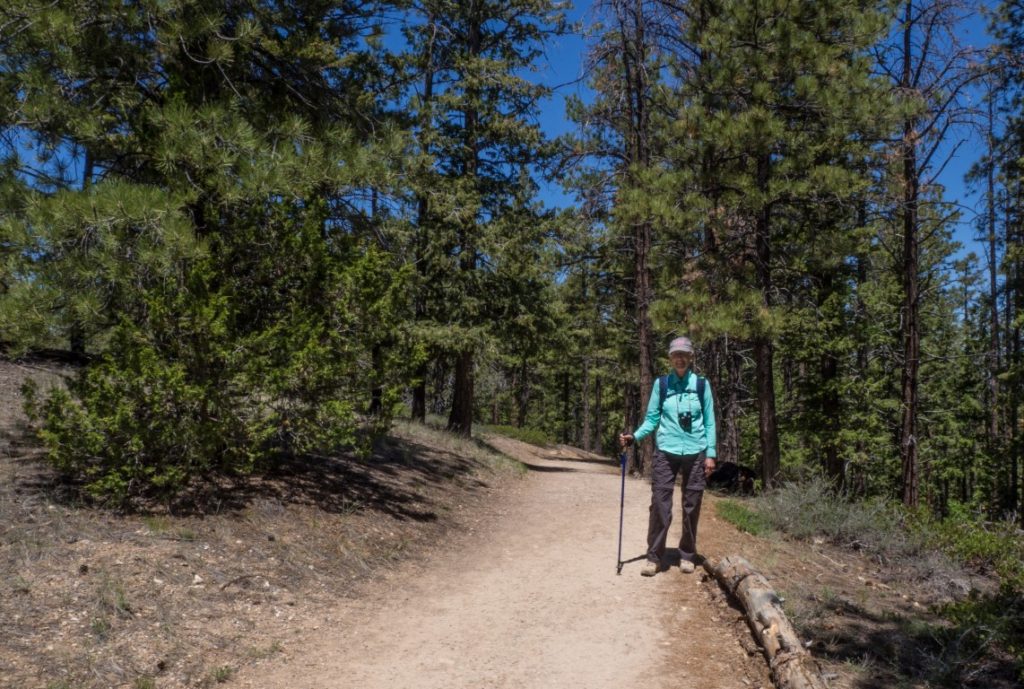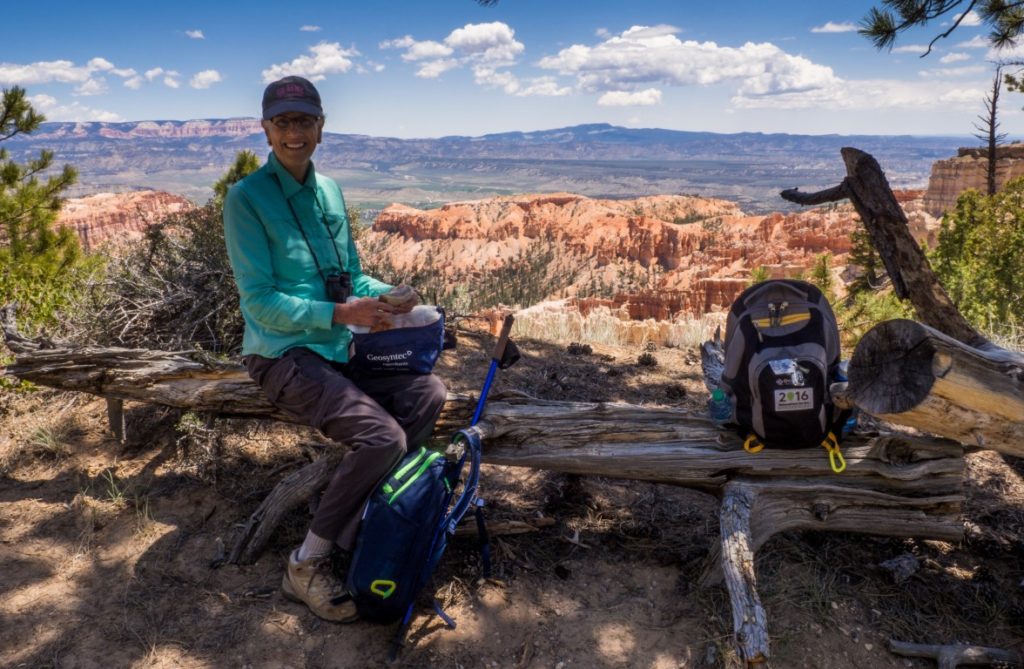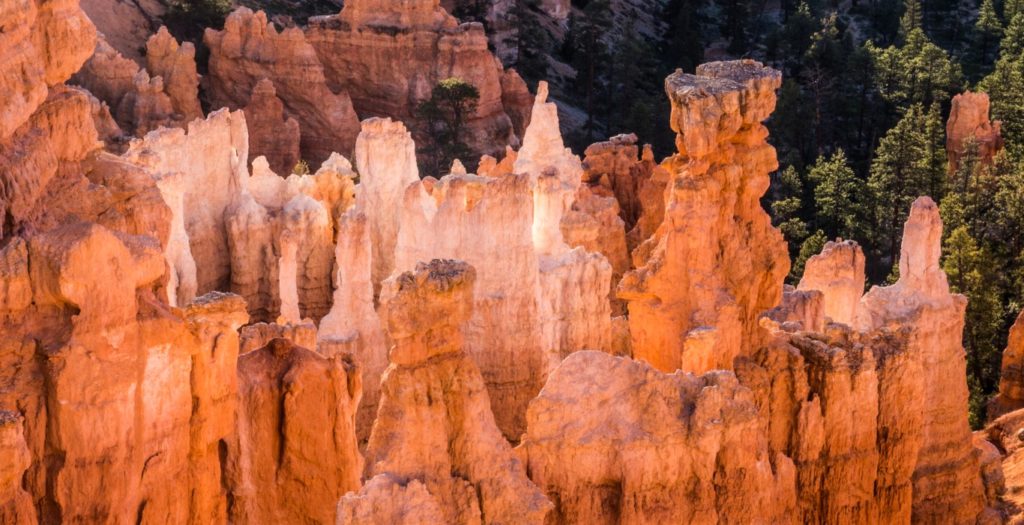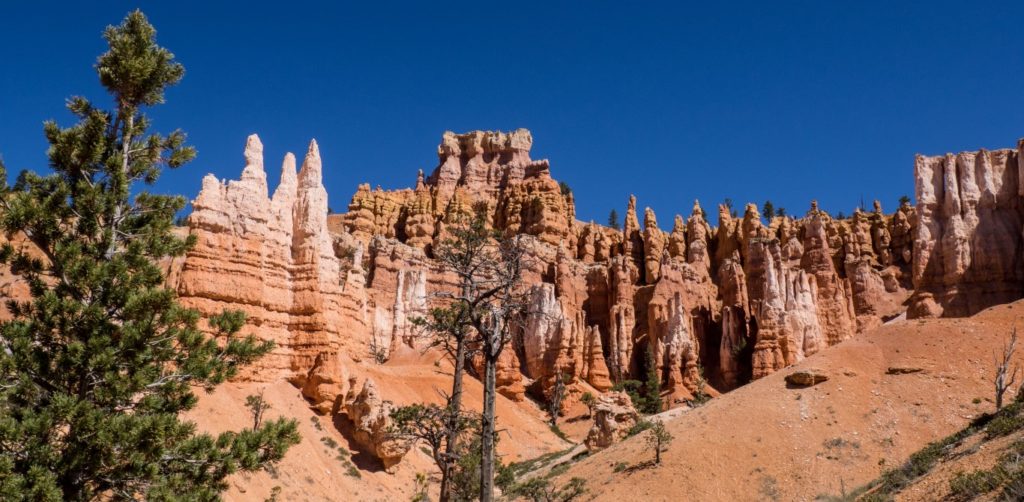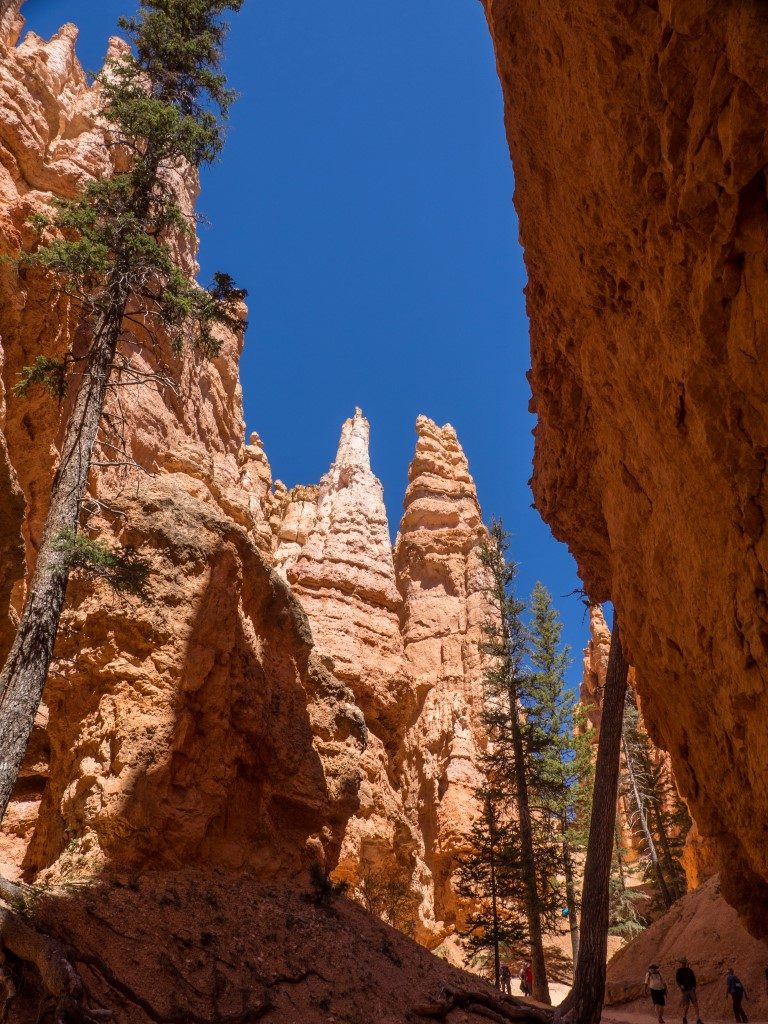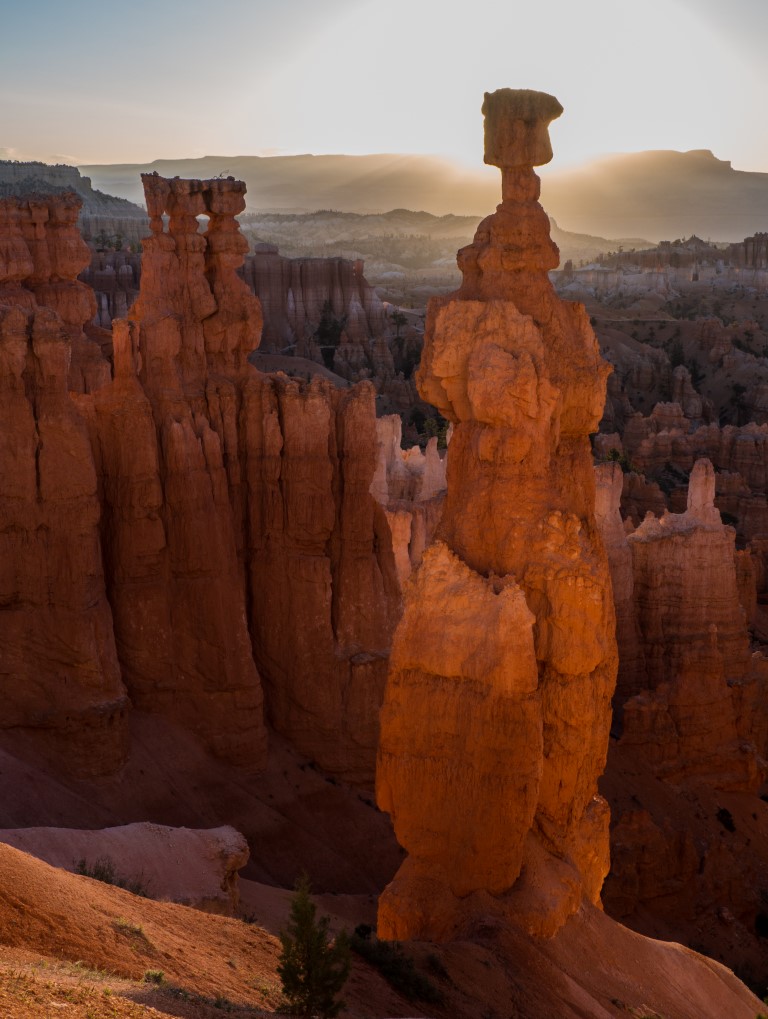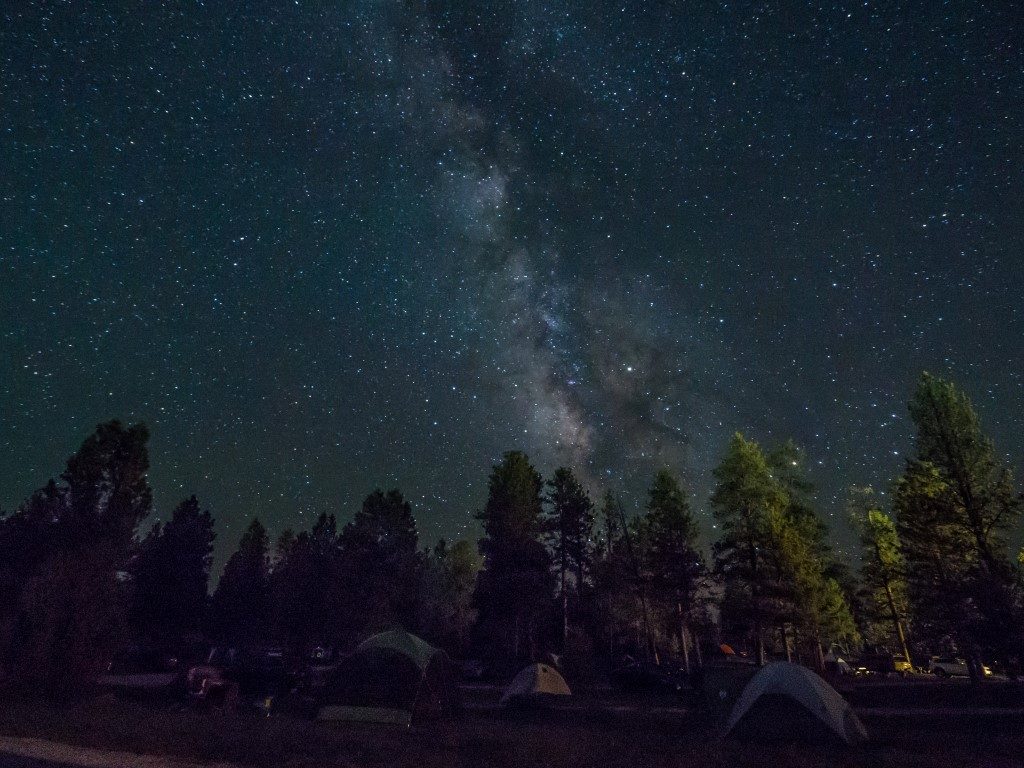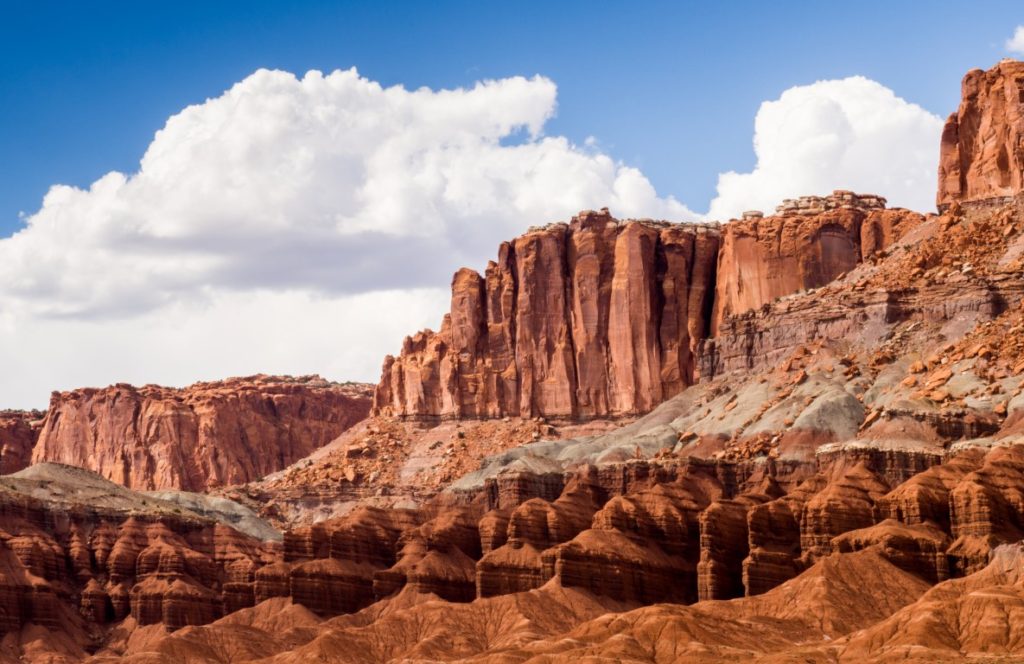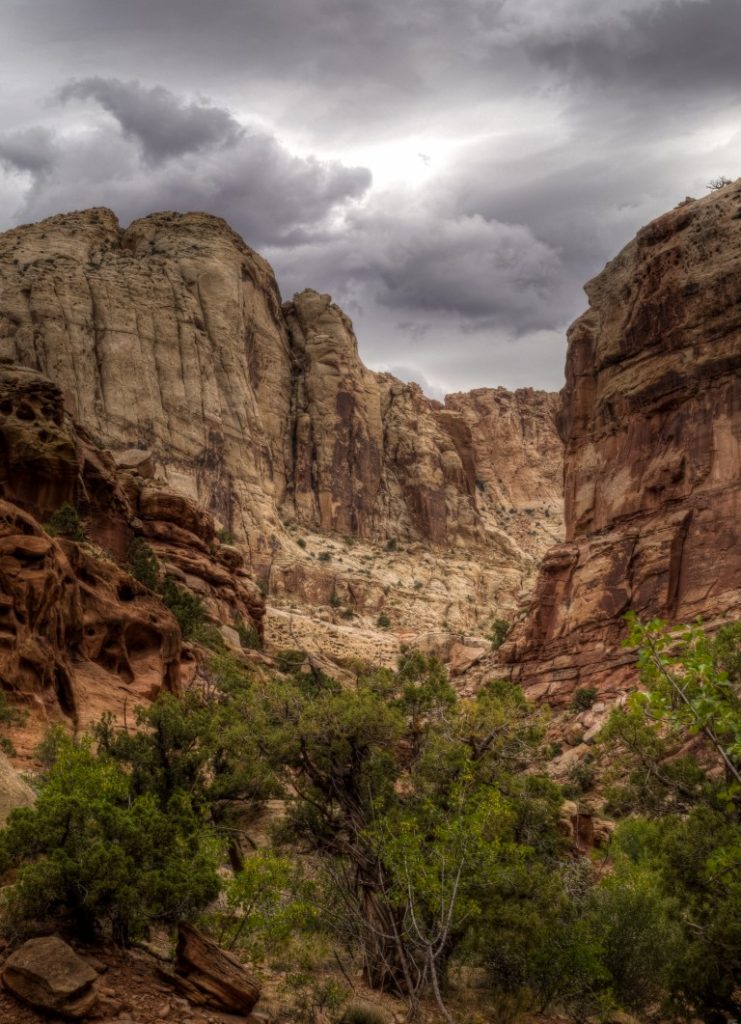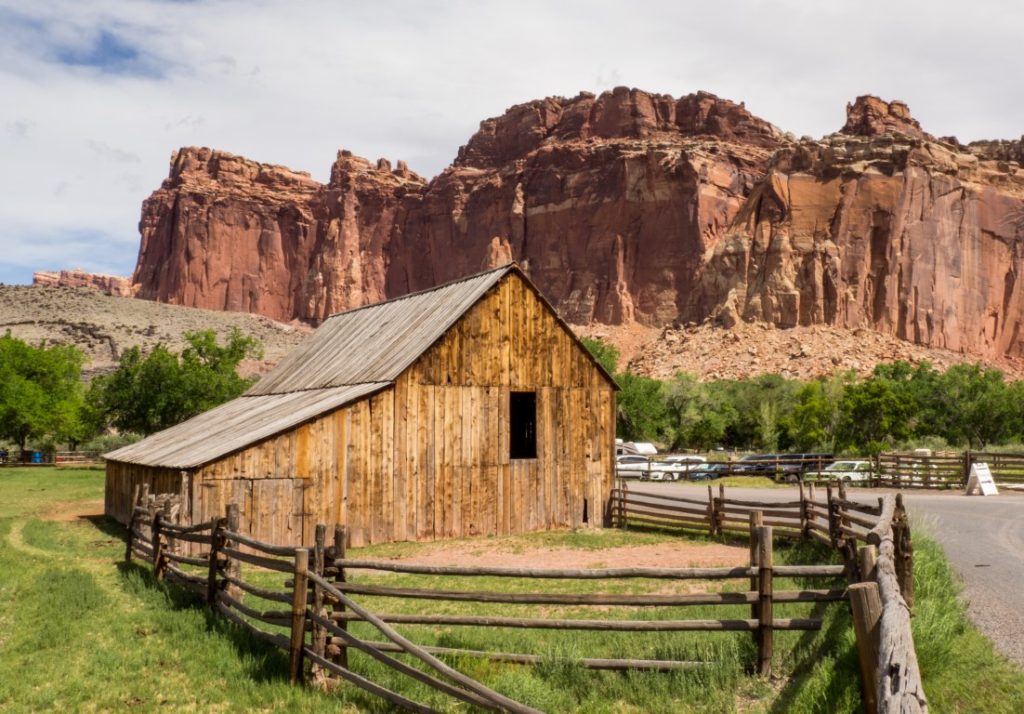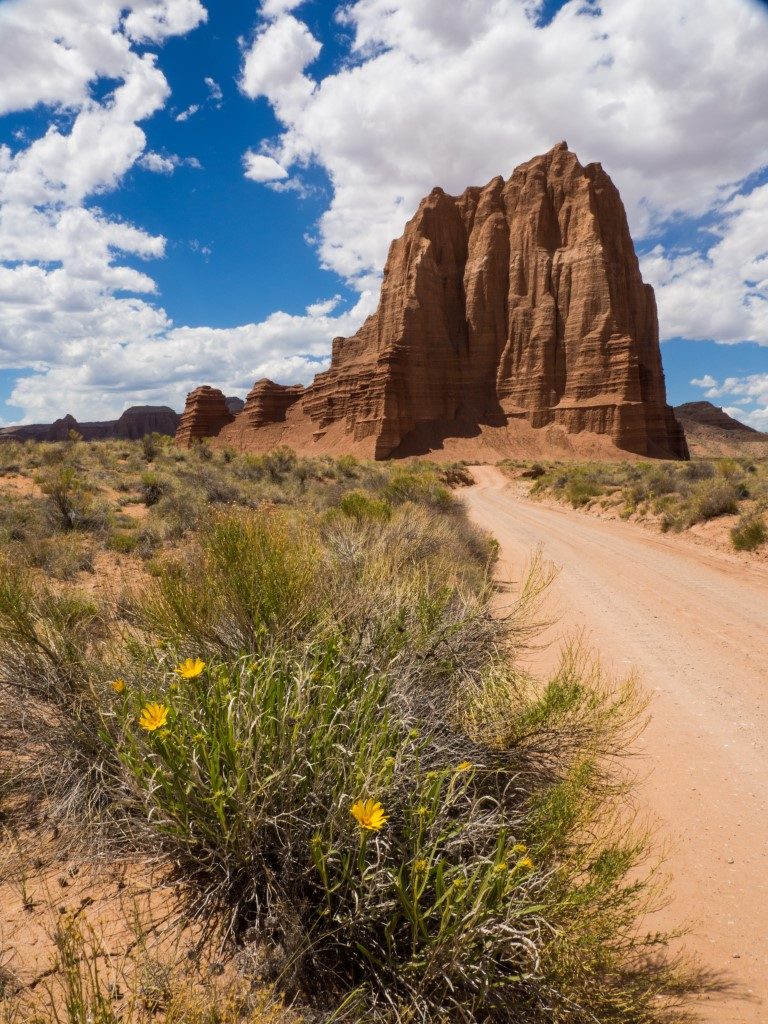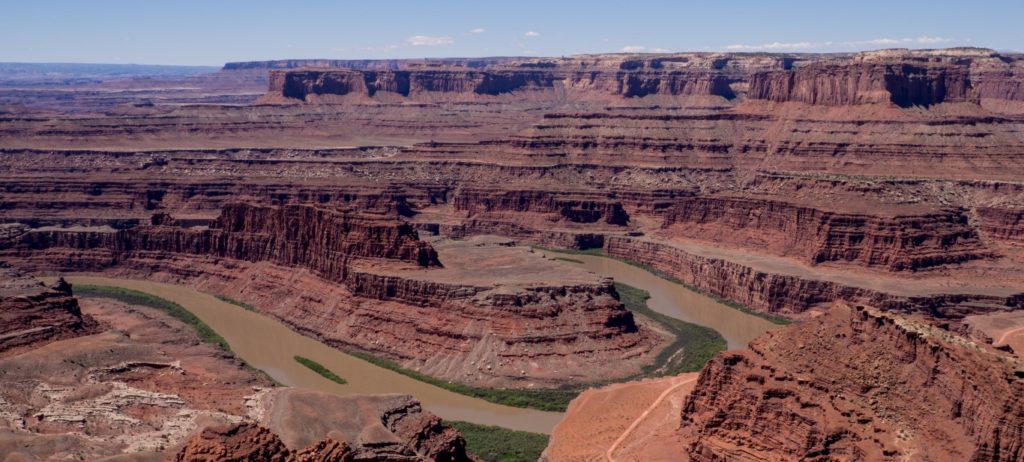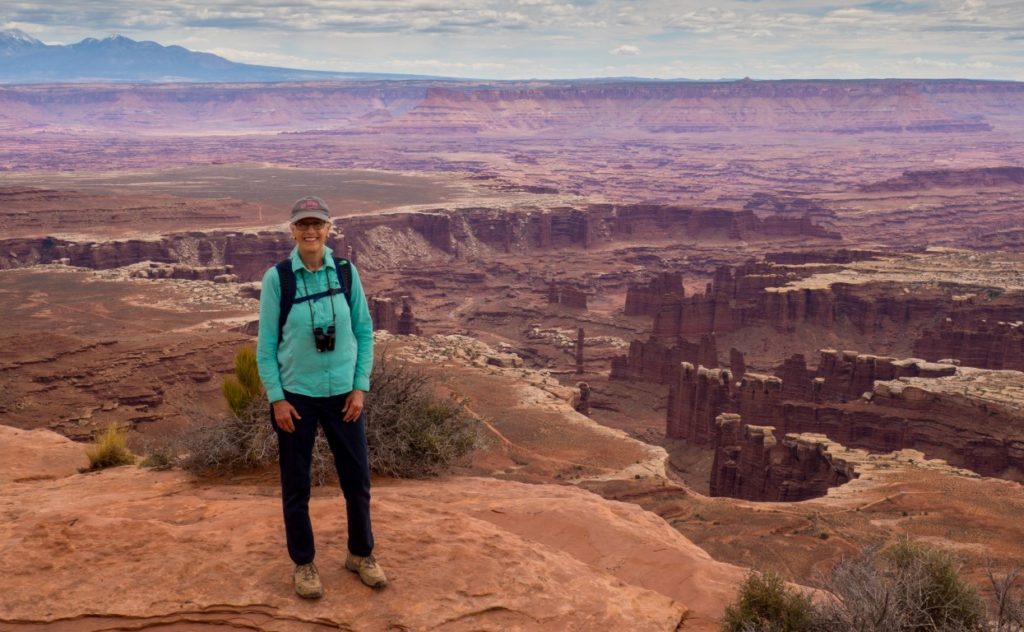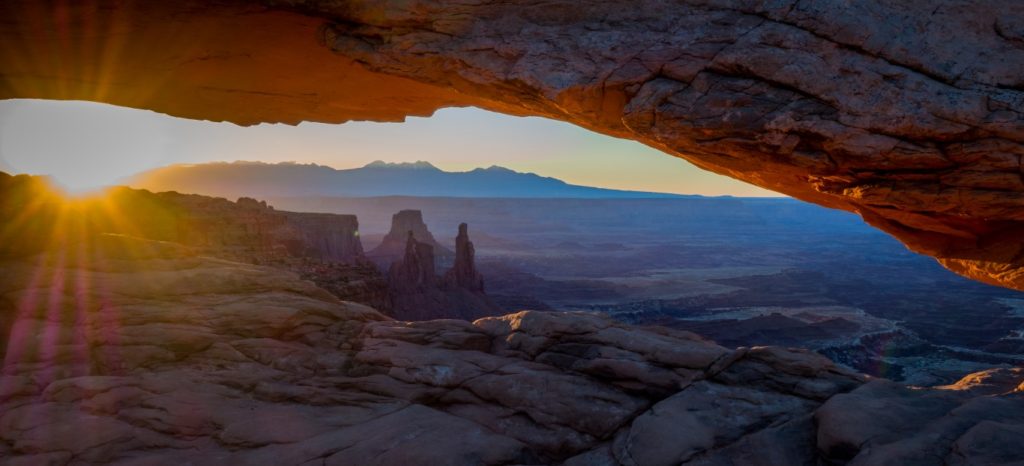From Grants NM, where we spent a night, to Palmdale CA is 683 miles, way too far for a single day’s travel, so we made a stop in Seligman (pronounced by the locals as sell-IG-men), Arizona, a nowhere little town with a population of 456 people soaking wet. And because we were trying (unsuccessfully) to get to Seligman ahead of some brutal crosswinds, we left Grants early and arrived here at noon. What to do in such a place where everything is covered in dust, almost everything is boarded up, and there are actual tumbleweeds rolling down the main street?
Chalk up another lesson. As it turns out, Seligman was the home to one Angel Delgadillo, a barber and pool hall owner, who watched the town collapse overnight on September 22, 1978, when Interstate 40 opened a couple miles to the south, replacing U.S. Route 66 as the main highway and diverting thousands of cars per day away from the shops and restaurants of Seligman. By the mid-1980s, Seligman was dead, with most of the buildings torn down or abandoned and almost all of the residents gone.
Besides the economic collapse of the town, and thousands like it, Delgadillo saw another casualty: an important part of America was dying along with Seligman, the small towns, the local stores, and the slower pace of travel that allowed people to meet those from other areas. Ironically, the ability to travel long distances quickly, bypassing everything along the way, was not bringing people together, it was driving them apart. Losing the unifying experience of traveling through areas, meeting strangers who were both different in some ways but alike in others, was doing something bad to America.
So, in an incredibly improbable story, this small-town barber decided to do something about it. In February 1987, he arranged for a meeting of representatives of the Arizona towns along Route 66 that had been bypassed by I-40. His plan: to designate Route 66 a “historic byway,” encouraging people to travel along the old route and see and experience what America used to be. The move was successful, and nine months later the State of Arizona designated the roadway from Seligman to the California as the “Historic Route 66.” Travelers started exiting the interstate to spend a couple hours traveling back in time as much as laterally in geography. During its heyday, Route 66 had been known as “Main Street America” or the “Mother Road” because coursing its path really was a short course in American culture, and that reality was coming back into focus along the portions of the route in Arizona.
And then other states followed suit. In 1990, Missouri designated portions of the road network as “Historic Route 66.” Soon, there were “Historic Route 66” roads designated in all of the states along the original alignment, all the way from Chicago to Santa Monica. Eventually the federal government got involved, and the “Historic Route 66” road network was designated a National Scenic Byway. Some portions of the route have been listed in the National Register of Historic Places. In 1999, President Clinton signed the “National Route 66 Preservation Bill.” Then the World Monuments Fund added Route 66 to a list of international monuments of historic significance.
There’s still more. In 2006, John Lasseter, creative director at Pixar, traveled along Route 66 and came up with the idea for the animated film Cars, the story of a small town (Radiator Springs, although the locals here claim it’s really Seligman), bypassed by I-40. Interest in traveling Route 66 swelled.
All of this was new to us so we spent a few hours wandering around Seligman. Incredibly, we saw three tour buses disgorging who knows how many visitors. Think about it; multiple tour buses in Seligman, Arizona. And the streets were crowded with countless other tourists, including about a dozen German motorcyclists. It was explained to us that Historic Route 66 is a common destination for Europeans who recognize something essential about Route 66 that many Americans do not. We ate dinner at the Road Kill Cafe (“You kill ’em, we grill ’em”), which has been owned and operated by the same family since long before I-40. We even stopped in Angel Delgadillo’s barber shop, paying silent homage to the guy whose vision of America was behind the renaissance of Route 66. We spent about an hour talking to the woman who runs the store where Delgadillo’s pool hall used to be. Much to our surprise, our disappointment about a stop in a nowhere town with nothing to do turned out to be the best part of our cross-country dash to California.
To be sure, there’s little to Seligman except for a few hotels, a few restaurants, and about a gazillion souvenir shops. For all of the enthusiasm about Route 66, Seligman is pretty much just a dumpy little town. But that’s the point in a way. American used to be a network of dumpy little towns, tied together with strings of two-lane, slow-moving roadways, where people had the time and the inclination to meet each other. It makes one wonder whether much of what ails America might be cured somewhat if more of us drove cross-country on small roads, through dumpy little towns, and connected with our neighbors a few states over.

